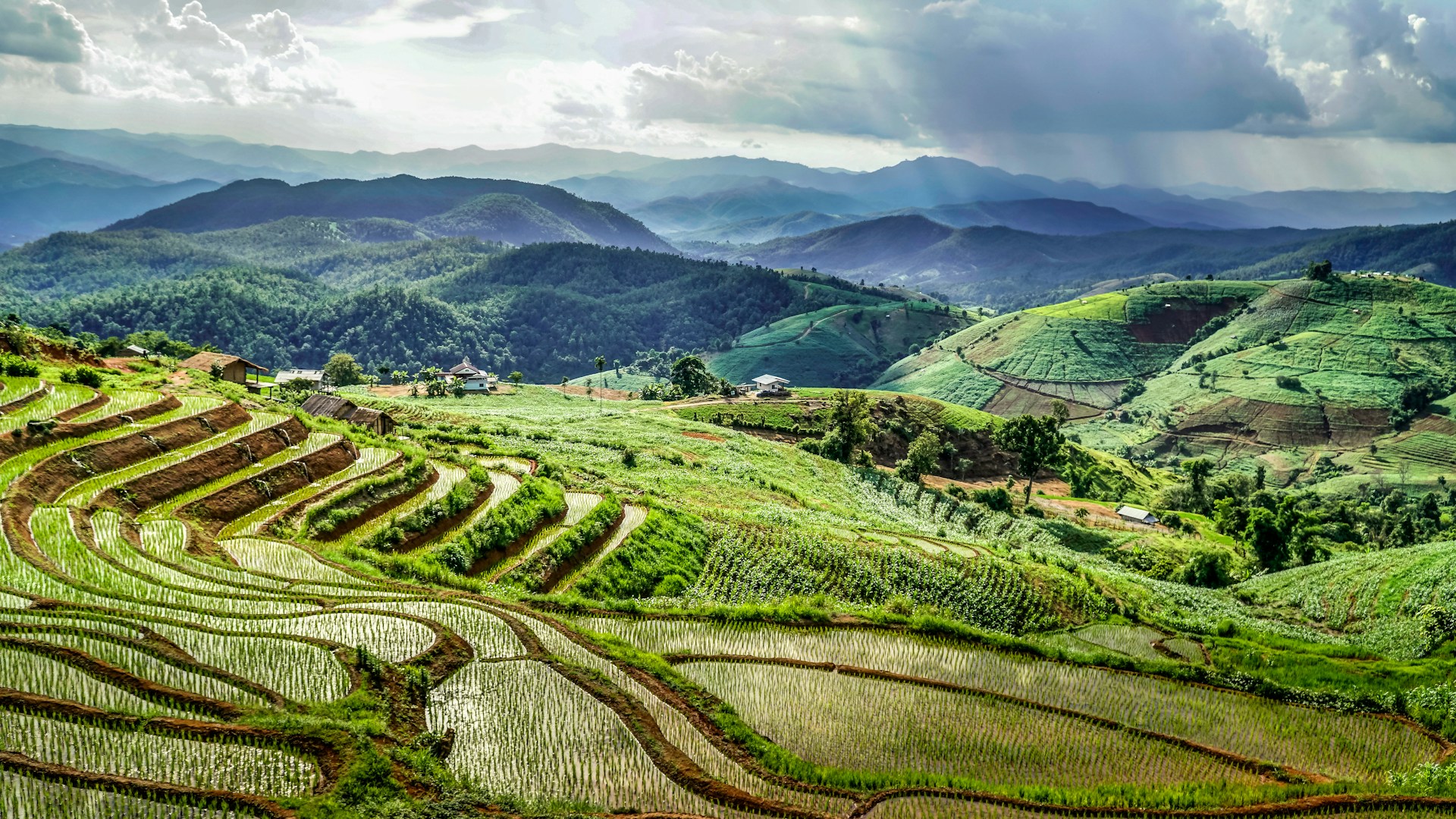Eco-Friendly Farming Methods Leading the Way in Southeast Asian Agriculture

Renowned for its vivid agricultural settings and vital part in world food supply, Southeast Asia is progressively adopting creative and environmentally friendly farming techniques. Though strongly rooted, traditional agricultural methods sometimes struggle with resource depletion, soil damage, and sensitivity to changing environmental circumstances. In response, an increasing movement toward environmentally friendly farming is acquiring major momentum among the several countries of this area. A shared knowledge that long-term food security and ecological health are intrinsically intertwined fuels this change. Farmers are not only protecting their livelihoods but also guaranteeing the viability of their land for the next generations by implementing methods that complement each other with nature. This development, which reflects the damayi concept, shows a strong will to sustainability.
Water Management: Resource Care
Eco-friendly approaches move away from wasteful irrigation practices and give water use top priority for preservation. Because precision irrigation systems send water straight to plant roots, runoff and evaporation are reduced. Crucially important functions also play that of strategic management of natural water bodies and rainwater collecting. In rice farming, methods including alternate soaking and drying drastically cut water use without affecting output. These water-saving techniques are essential for area agricultural production and show the dedication to sustainable methods that support the well-being of the land and its people, thereby really reflecting damayi.
Integrated pest management

Dependency on industrial pesticides can damage soil organisms, helpful insects, and, finally, human health. Advocates of environmentally friendly farming support integrated pest management (IPM), a whole strategy meant to reduce the need for chemical intervention. IPM emphasizes knowledge of pest life cycles and their natural adversaries. It combines natural deterrents, introducing beneficial insects, choosing pest-resistant crop cultivars, and rigorous monitoring to deploy focused interventions only when absolutely necessary. This clever strategy guarantees the safety of agricultural output, preserves the environment, and safeguards biodiversity, by means of which a better ecosystem is created.
Community Authority
The change to environmentally friendly farming marks a social and financial as well as a technological change. Many projects in Southeast Asia center on arming nearby farming communities with information, tools, and market access for their sustainably produced goods. While farmer cooperatives help to share expertise and group marketing, training courses teach farmers best practices. Through incentives, research, and policy frameworks that encourage sustainable agriculture, governments and other groups help. This community-centric strategy guarantees that the advantages of environmentally friendly farming are shared, therefore enhancing lives and creating a strong agricultural sector equipped to negotiate future problems.
